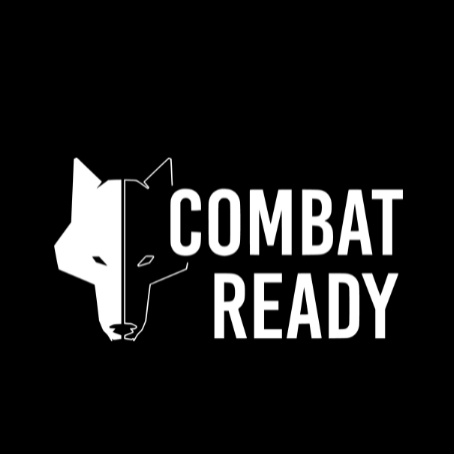5 lessons in leadership from the battlefield to the boardroom
Leadership is an art that transcends environments, whether on the battlefield or in the boardroom. The principles of effective leadership remain consistent, and there is much that corporate leaders can learn from military strategies and tactics. In this post, we will explore five critical lessons from the battlefield that can be applied to enhance leadership in the corporate world.
Lesson 1: Decisive Action Under Pressure
In military operations, leaders must make rapid decisions with limited information, often under extreme pressure. This requires a level of decisiveness that can determine the success or failure of a mission.
In business, the ability to make quick, informed decisions can mean the difference between seizing an opportunity or falling behind the competition. Corporate leaders can learn from the military's decision-making process by developing a clear set of priorities and acting on them with conviction.
Lesson 2: Strategic Vision and Adaptability
On the battlefield, a clear and compelling vision is crucial for aligning the efforts of all units towards a common goal. This vision must be communicated effectively to ensure every soldier understands their role in achieving it.
Similarly, in business, leaders must develop a strategic vision that guides the organization. However, they must also remain adaptable, ready to pivot strategies in response to changing market conditions or unforeseen challenges.
Lesson 3: Cohesion and Team Building
Military leaders understand that the strength of a unit lies in its cohesion. Trust, mutual respect, and a shared sense of purpose are the bedrock of effective military teams.
In the corporate world, fostering a strong team dynamic is equally important. Leaders can take a page from the military playbook by investing in team-building activities and creating an environment where every member feels valued and understood.
Lesson 4: Communication and the Chain of Command
Clear, concise communication is vital in military operations, where misunderstandings can have dire consequences. The chain of command ensures that information flows efficiently from top to bottom.
Business leaders can improve organizational efficiency by establishing clear communication protocols and ensuring that information is disseminated effectively throughout the organization.
Lesson 5: Accountability and Responsibility
In the military, leaders are held accountable for their actions and the actions of their subordinates. This sense of responsibility is critical to maintaining order and discipline.
Corporate leaders should foster a culture where accountability is valued, and individuals at all levels are encouraged to take ownership of their work. This creates a sense of empowerment and drives performance.






Comments (0)